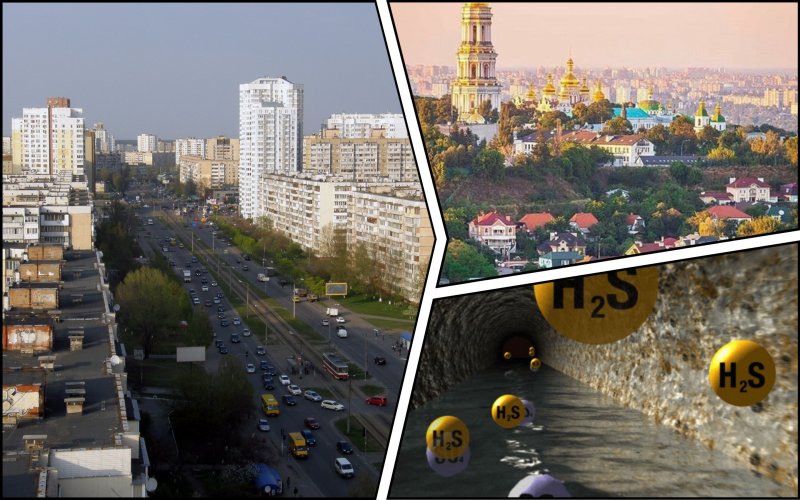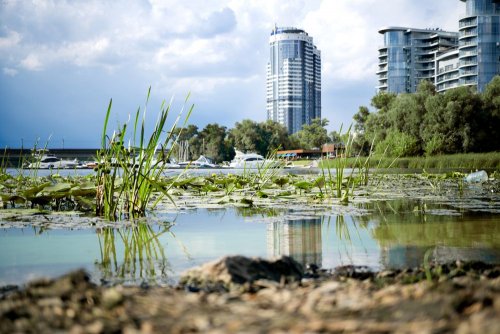In Kyiv on As of Friday, August 25, for the third day in a row in the Kharkiv massif, five-fold excesses of the maximum allowable concentration of hydrogen sulfide have been recorded in the air.
The content of this gas reaches 36.3 μg/m3 at the MPC of 8 μg/m3, reports the Department of Environmental Protection and Adaptation to Climate Change KMDA.
It is noted that in general, the level of air pollution in the city is low to very low, and the radiation background is within normal limits.
The informants said that at the stationary atmospheric air monitoring station at the address of st. Architect Verbytskyi, 26, that on Kharkiv massif, the overall air quality index is 31, i.e. the level of pollution is low.
The content of pollutants is:
- suspended particles (dust) – 53.3 μg/m3 (MPC – 500 μg/m3), in particular dust fraction 2.5 μm (PM2.5) – 22.4 μg/m3, dust fraction 10 μm (PM10) – 38 .7 μg/m3;
- nitric oxide – 115 μg/m3 (MPC – 400 μg/m3);
- nitrogen dioxide – 49.0 μg/m3 (MPC – 200 μg/m3);
- sulfur dioxide – 4.2 μg/m3 (MPC – 500 μg/m3);
- carbon monoxide – 859 μg/m3 (MPC – 5000 μg/m3);
- ozone – 3.1 μg/m3 (MPC – 160 μg/m3);
- hydrogen sulfide – 36.3 μg/m3 (MPC – 8 μg/m3).
As you know, hydrogen sulfide is a substance of generally poisonous action, a colorless flammable gas with a sharp characteristic smell of rotten eggs. It is released during the dissolution of organic substances, the processing of oil and coal, the production of cellophane, paints, viscose, and sugar.
Gas causes headache, dizziness, nausea, increased pressure. Hydrogen sulfide has a suffocating and irritating effect on the body, in particular the mucous membranes of the eyes and respiratory tract. Signs of poisoning vary depending on the amount of gas in the air. Inhalation of a small amount of the substance causes eye irritation, redness, cough, chest pain, wheezing in the lungs, etc.
As reported by EcoPolitics earlier, in the air of Kyiv during the week from August 14 to 19, an excess of the average daily maximum permissible concentration of nitrogen dioxide by 4.2 times was found.





